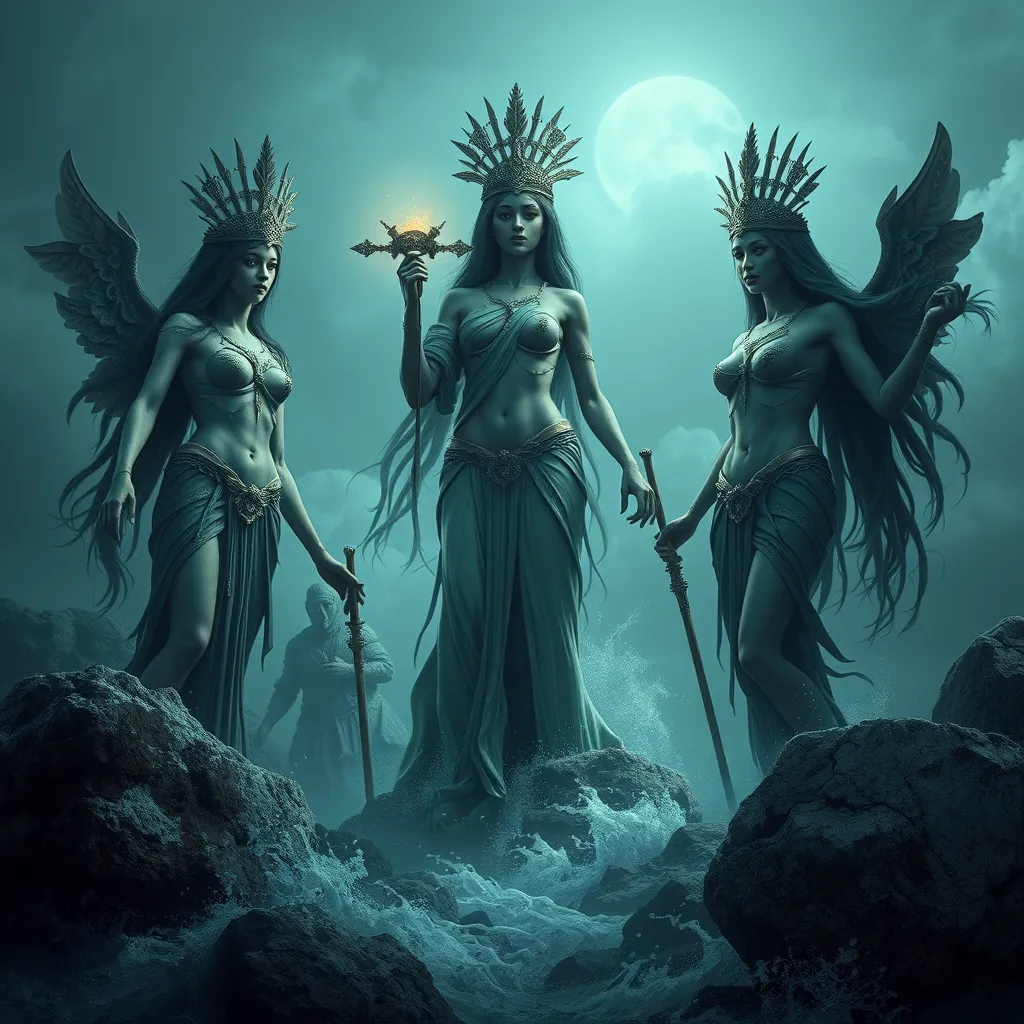The Maya Creation Story: Unraveling the Role of Cipactli in the Formation of the World
I. Introduction
The Maya civilization, known for its rich cultural heritage and advanced understanding of astronomy, mathematics, and art, also possessed a complex creation story that elucidates their worldview. At the center of this narrative is Cipactli, a primordial earth monster whose role is crucial in the formation of the world. This article aims to explore the significance of Cipactli within the broader context of the Maya creation myth, delving into its symbolic meaning, the cosmic struggle it symbolizes, and its lasting impact on Maya culture and identity.
II. The Mythical Landscape of the Maya Cosmos
The Maya cosmology is a multifaceted system that describes the universe as a layered structure, comprising the heavens, the earth, and the underworld. In this worldview, the creation story serves not only as a historical account but also as a reflection of the moral and ethical frameworks that guided Maya society.
Key elements of the Maya creation myth include:
- The emergence of the gods from the primordial waters.
- The creation of the earth, flora, fauna, and humanity.
- The cyclical nature of time and existence, emphasizing rebirth and renewal.
Myth plays a pivotal role in Maya culture, serving as a means to explain natural phenomena, guide rituals, and reinforce social norms.
III. Cipactli: The Earth Monster
Cipactli, often depicted as a monstrous creature, is an essential figure in the Maya creation narrative. Originating from the depths of the primordial sea, Cipactli is characterized by its immense size and ferocity. As an earth monster, it embodies chaos and the untamed aspects of nature.
In Maya mythology, Cipactli is symbolically represented in various forms, often associated with earth, fertility, and the duality of creation and destruction. This duality reflects a common theme in many Mesoamerican cultures, where deities often embody both nurturing and destructive qualities.
IV. The Role of Cipactli in Creation
The narrative of creation as it relates to Cipactli is marked by a cosmic struggle between the gods and this formidable creature. The gods, seeking to create a stable world, engage in a fierce battle with Cipactli, which represents the chaotic forces that threaten to disrupt the order of the universe.
Ultimately, Cipactli is transformed into the earth itself, signifying a sacrifice that is integral to the creation process. This transformation is not merely an act of violence but rather a necessary step towards establishing a harmonious balance in the cosmos.
V. The Interplay of Gods in the Creation Narrative
The creation story is enriched by the involvement of various key deities. Some of the prominent figures include:
- Tezcatlipoca: The god of the night sky and conflict.
- Quetzalcoatl: The feathered serpent, representing wisdom and life.
- Huitzilopochtli: The god of war and the sun, embodying strength and courage.
These deities collaborate in their efforts to overcome Cipactli, showcasing themes of conflict, cooperation, and the eventual triumph of order over chaos. This dynamic interplay emphasizes the interconnectedness of the deities and their roles in shaping the world.
VI. Symbolism and Cultural Significance of Cipactli
Cipactli serves as a potent symbol within the Maya creation myth, representing the perpetual tension between chaos and order. Its portrayal as both a destructive and nurturing force reflects the duality inherent in nature itself.
In Maya art and literature, Cipactli is often depicted in various forms, emphasizing its importance as a cultural symbol. These representations can be seen in:
- Pottery and sculptures.
- Codices and murals that illustrate creation myths.
- Ritual objects used in ceremonies.
The legacy of Cipactli extends into contemporary Maya identity, where it is revered as a reminder of the complex relationship between humanity and nature, as well as the ongoing struggles faced by the Maya people.
VII. Comparative Analysis with Other Creation Myths
The Maya creation story, particularly the role of Cipactli, shares similarities and differences with other Mesoamerican myths, such as those from the Aztec and Olmec cultures. For example, both the Aztec and Maya myths feature primordial beings whose struggles lead to the formation of the earth.
Insights can also be drawn from global creation myths, highlighting the universal theme of chaos giving way to order across cultures. Many cultures narrate stories where a chaotic entity is subdued or transformed to create harmony in the world.
VIII. Conclusion
Cipactli’s role in the Maya creation story is emblematic of the civilization’s rich mythology and understanding of the cosmos. Through its narrative, we see the themes of conflict, sacrifice, and transformation that resonate deeply within the Maya worldview. The enduring legacy of this myth invites further exploration of Maya mythology and culture, encouraging us to appreciate the complexities of their beliefs and the lessons they impart.




